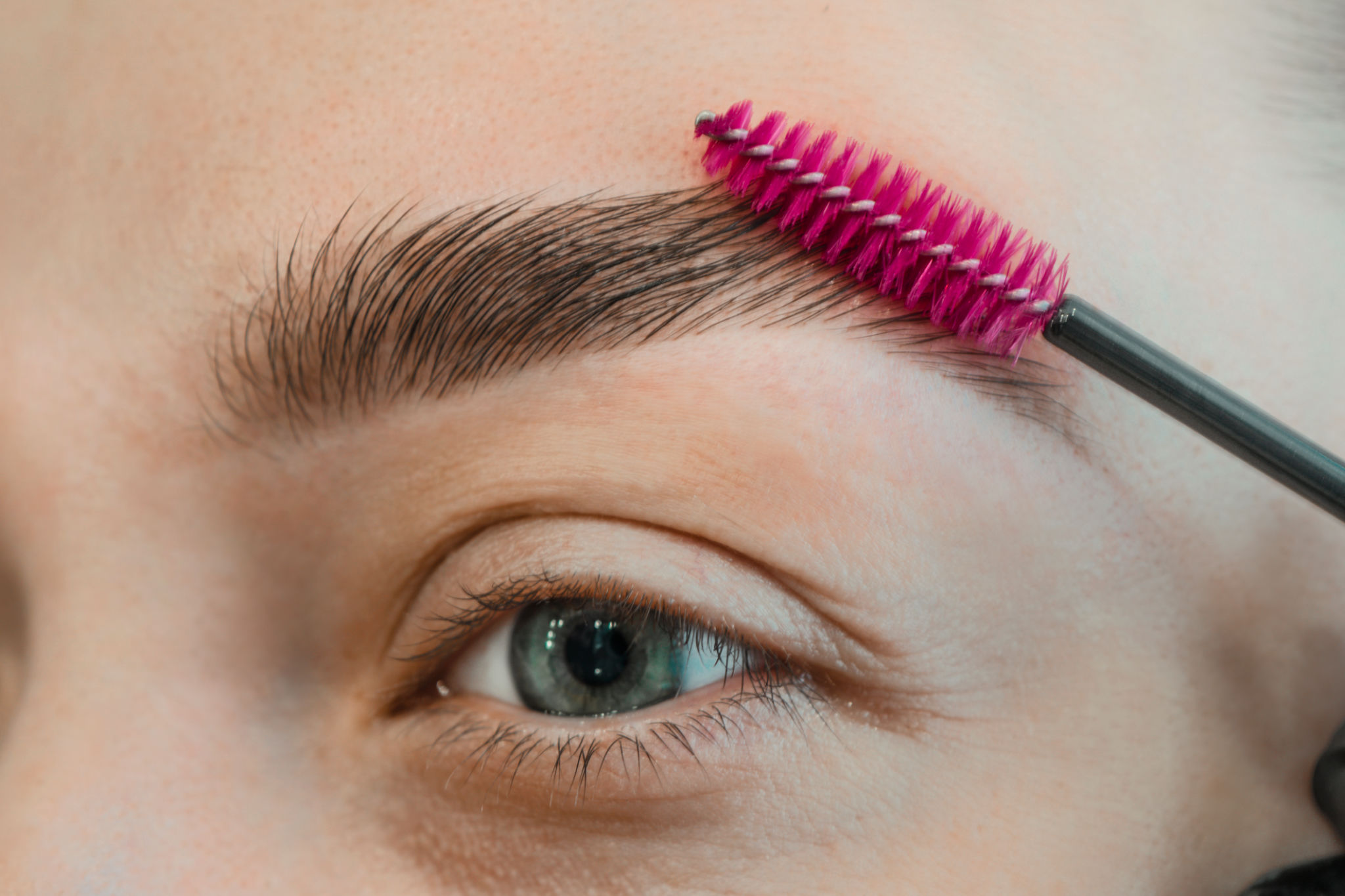FAQ: Common Microblading Questions Answered
What is Microblading?
Microblading is a semi-permanent cosmetic procedure that enhances the appearance of your eyebrows. It involves using a specialized tool to deposit pigment under the skin, creating hair-like strokes that mimic the natural look of eyebrow hair. This technique is ideal for those who want to achieve fuller, more defined brows without the daily hassle of applying makeup.

How Long Does Microblading Last?
One of the most common questions about microblading is its longevity. Typically, the results can last anywhere from 12 to 18 months. However, this depends on several factors, including skin type, lifestyle, and aftercare. For example, individuals with oily skin may notice that the pigment fades faster.
How Often Do Touch-Ups Occur?
To maintain the desired appearance, touch-ups are recommended every 12 to 24 months. During these sessions, your technician can refresh the pigment and make any necessary adjustments to shape or color. Regular touch-ups ensure that your brows always look their best.
Does Microblading Hurt?
Pain tolerance varies from person to person, but most people describe the sensation as mild discomfort rather than pain. A topical numbing cream is usually applied before the procedure to minimize any discomfort. The sensation is often compared to a light scratching or tugging on the skin.

What Should I Expect During Recovery?
After your microblading session, it’s normal to experience some redness and swelling. This usually subsides within a few hours to a day. The color of your brows will appear darker initially and then soften as they heal over the next few weeks.
Aftercare Tips
Proper aftercare is crucial for optimal results. Here are some tips:
- Avoid getting your eyebrows wet for at least a week.
- Refrain from using makeup or skincare products on the brow area during healing.
- Avoid sun exposure and tanning beds.
- Do not pick or scratch at the scabs that may form.

Who Should Avoid Microblading?
Although microblading is suitable for most people, there are certain conditions where it may not be advisable. Pregnant or nursing women, individuals with certain skin conditions like eczema or psoriasis, and those who are prone to keloids should consult their healthcare provider before considering microblading.
What Are the Benefits of Microblading?
Microblading offers numerous benefits, making it a popular choice for those seeking well-defined brows:
- Time-saving: Eliminates the need for daily eyebrow makeup application.
- Natural appearance: Mimics natural hair for a realistic look.
- Customizable: Tailored to fit your face shape and personal preference.
If you're contemplating microblading, it's important to consult with a skilled and experienced technician who can guide you through the process and ensure you achieve the best possible results.